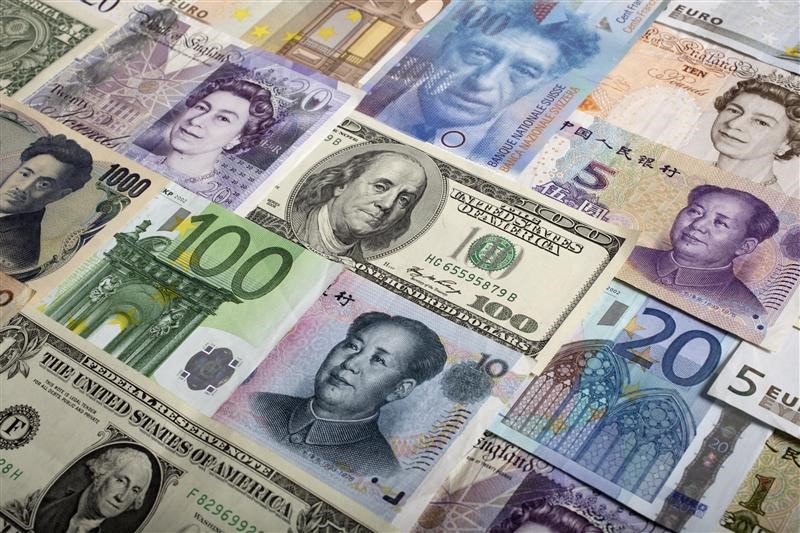Lucid files for 1-for-10 reverse stock split requiring shareholder approval
* Fading hopes for trade deal, HK protest worry investors
* Euro edges higher, flirts with $1.13 level
* Aussie hurt by jobs data and prospect of rate cut
* Graphic: World FX rates in 2019 http://tmsnrt.rs/2egbfVh
By Tommy Wilkes
LONDON, June 13 (Reuters) - The yen rallied on Thursday as
fading hopes of a U.S.-China trade deal at this month's G20
meeting and massive street protests in Hong Kong drove investors
into safe-haven assets.
The yen neared a one-week high versus the dollar, rising
0.2% to 108.295 JPY=EBS .
Against the Australian dollar it soared to its highest since
a January flash crash. The Aussie, seen as a barometer of global
risk sentiment, was also hurt by jobs data taken as a green
light for an early interest rate cut. With growing doubts about any improvement in what U.S.
President Trump called "testy" trade relations between
Washington and Beijing before the G20 summit, investors sold
stocks and looked for safety.
Adding to the unease, protests broke out again in Hong Kong
over a planned extradition law with mainland China, while oil
prices surged after reports of a tanker on fire in the Gulf of
Oman followed earlier sabotage attacks on vessels near the
Fujairah emirate. "The risk aversion and falling stock markets are supporting
the yen as usual," said Bart Wakabayashi, Tokyo branch manager
for State Street Bank and Trust. "The Australian dollar's
underperformance is also a booster for the yen."
The Aussie was down 0.3% against the U.S. currency at
$0.6911 AUD=D3 while against the yen it dropped 0.6% to 74.80
yen AUDJPY=D3 .
MUFG analysts noted that markets were pricing in a 65%
chance of an Australian rate cut in July, and a more than 80%
chance of one by August and September. Australian government
bond yields slid to record lows. "Overall this should keep
downward pressure on the Aussie going forward," they wrote in a
note to clients.
The U.S. dollar index, which measures the currency against a
basket of rivals, inched lower to 96.929 .DXY , while the euro
rose 0.1% to $1.1297 EUR=EBS in a quiet start to the trading
day in London.
The dollar index had dropped to 96.459 on Monday, its lowest
since late March, following a sharp decline in long-term U.S.
Treasury yields. They fell to near two-year lows last week after
a soft U.S. jobs report bolstered expectations of an interest
rate cut by the Federal Reserve.
Sterling slipped on Wednesday as British lawmakers defeated
an attempt led by the opposition Labour Party to try to block a
no-deal Brexit. Uncertainty over Brexit, and the Conservative party
leadership contest, are keeping the pound under pressure,
although the currency remains firmly within recent trading
ranges. Early on Thursday it slipped 0.2% to $1.2667 GBP=D3 .
